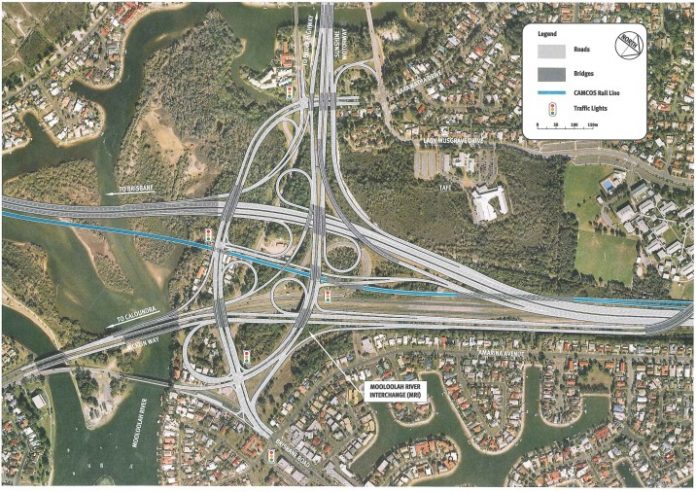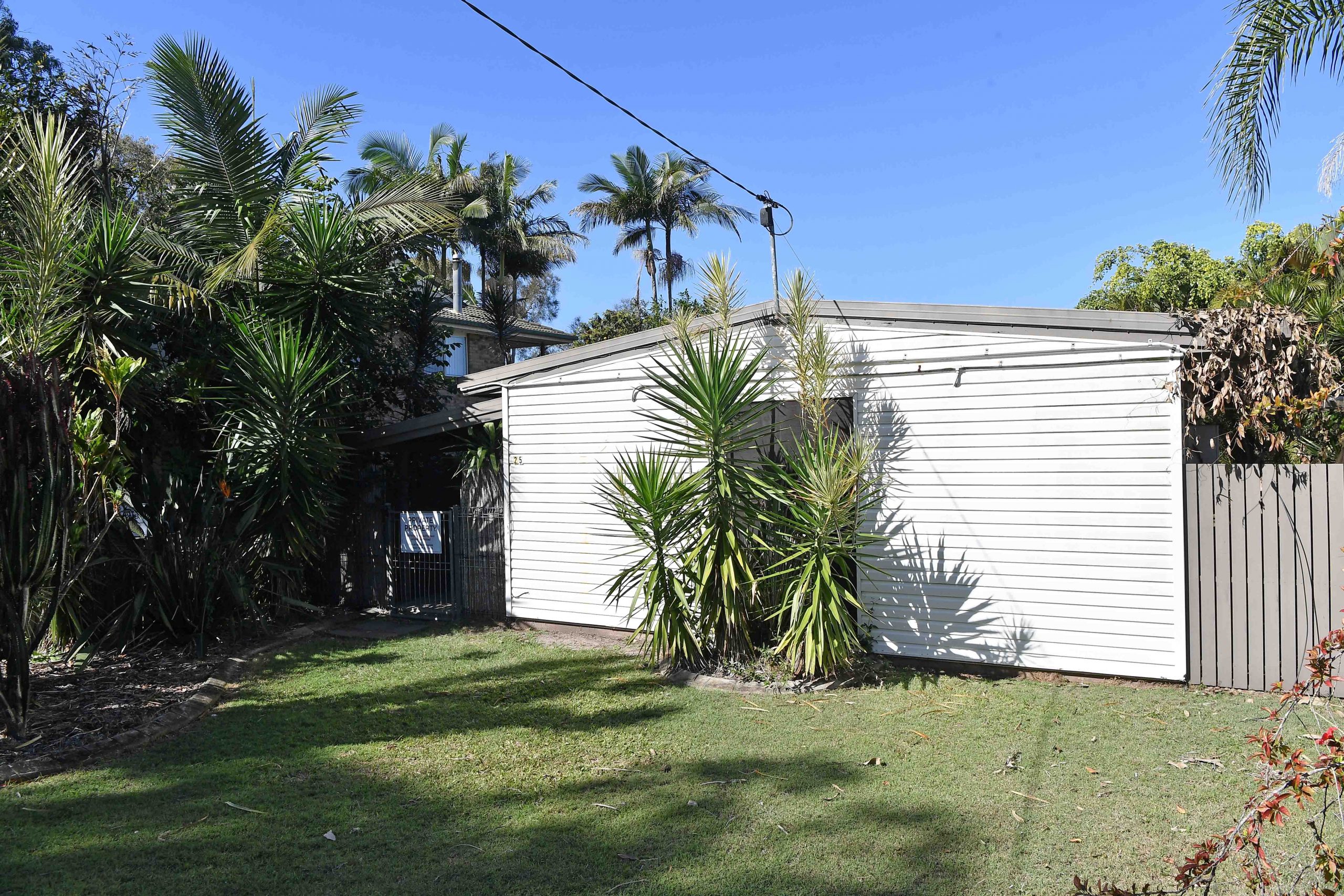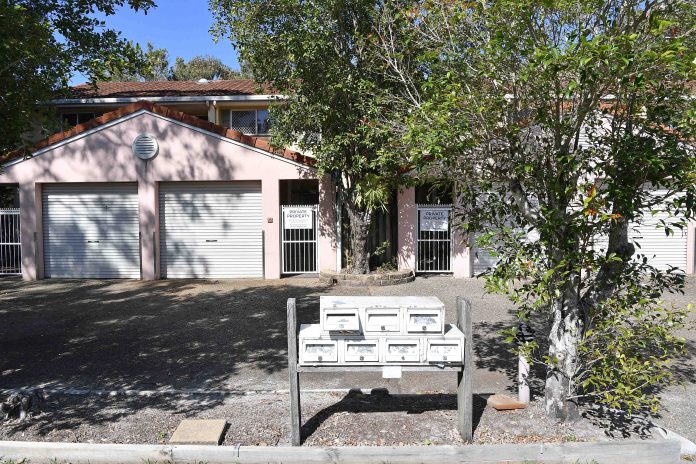Tens of millions of dollars of state government-owned property is sitting empty as the Sunshine Coast grapples with its worst-ever rental crisis.
Residents are being “cleared” from dozens of Mountain Creek properties acquired by the Department of Transport and Main Roads (TMR) for a delayed multimillion-dollar road project.
However, the homes are unlikely to be bulldozed any time soon as designs for the project are not due until 2023, when further consultation will also be required.
This comes as regional rental vacancy rates hit 0.6 per cent and the state’s rental shortage reaches an all-time high.
As of June 2022, TMR had acquired 120 properties around Marra, Ulmarra and Incana courts, among other locations, as part of the Mooloolah River Interchange (MRI) upgrade.
Many of the homes are boarded up, while TMR has reportedly given a deadline of September for others to vacate, despite work on the project being at least another year away.
One Mountain Creek resident said remaining homeowners were in limbo, unable to sell their properties.
“I will stay in here for as long as I can, but I would have happily sold it to them and then rented it back,” the resident told Sunshine Coast News.
“Instead they are leaving houses empty. The place across from me has been empty for a year.
“I am not the worst case down here, many have less chance than me. We need to shine a light on how tough some of these folks have it.”
“Right now there are people who could use those places, people who are sleeping rough.
“When it comes time for me to vacate and I’m homeless, I have a camper trailer and a place to put it. I’m one of the lucky ones who owns their own home.
“Not like many of the single-parent families, the young families who were renting.
“These are lovely people who have nowhere to go. We need some guarantee that we will be looked after until the government needs these homes. Can’t they give these people help and somewhere to go?”

A TMR spokesperson said the department had been liaising with property owners and tenants affected by the first project stage since January 2022.
“Significant early works, including the demolition of structures, removal and relocation of water, electricity and telecommunications infrastructure and settlement of soft soils are necessary to prepare the Stage 1 project area for construction,” said the spokesperson.
“This requires properties affected by Stage 1 to be vacated.
“As properties within the area gradually become vacant, we need to secure them for safety and to deter trespassing, vandalism and antisocial behaviour.
“Any potential additional resumptions for future stages will be determined as design work progresses.”
The Mooloolah River Interchange project has a lengthy history dating back to the early 2000s.
The department began purchasing properties in 2001 for a potential transport corridor.
Between 2007 and 2010 extensive planning was undertaken for the upgrade of the Sunshine Motorway interchange at Mountain Creek and a new connection to Kawana Way across the Mooloolah River as part of the Multi-Modal Transport Corridor (MMTC) study.
At the time, the government, led by Premier Anna Bligh, purchased more than $25 million worth of waterfront property for the potential MMTC.
It was later reported that the government would consider selling off the unneeded properties.
In 2014, following community consultation and design variations, the Mooloolah River Interchange project was established.
The interchange is at the convergence of three key network connections — the Sunshine Motorway, Nicklin Way and Brisbane Road.
It will be designed to improve transport links between the new Maroochydore City Centre development, Birtinya town centre and the Sunshine Coast University Hospital health precinct.

When completed, governments say average peak period travel speeds on the Sunshine Coast will improve by up to 16 per cent.
The design is expected to be complete in 2023 when the community will have another opportunity to provide feedback.

St Vincent de Paul Northern Diocesan president Beryl Rowan said the charity had seen a growing number of Sunshine Coast residents struggling to find accommodation or afford to keep a roof over their head.
Ms Rowan said in the past financial year, Vinnies Queensland had received more than 2000 calls a week for its support services across the southeast, and provided 103,597 nights of accommodation to those in need.
“We are continuing to see a rise in the need for support in our housing services from residents on the Sunshine Coast, who are desperately trying to find affordable, available accommodation,” she said.
“In June, the first round of the 2021 Census results revealed the median weekly rent for Sunshine Coast residents has increased more than 18 per cent since 2016, with 13,648 renters paying 30 per cent of their household income on rent.
“With the competitive rental market across the Sunshine Coast and extremely low rental vacancy rates, social housing properties are needed to meet the needs of our most vulnerable community members who simply cannot afford to put a roof over their head.”





